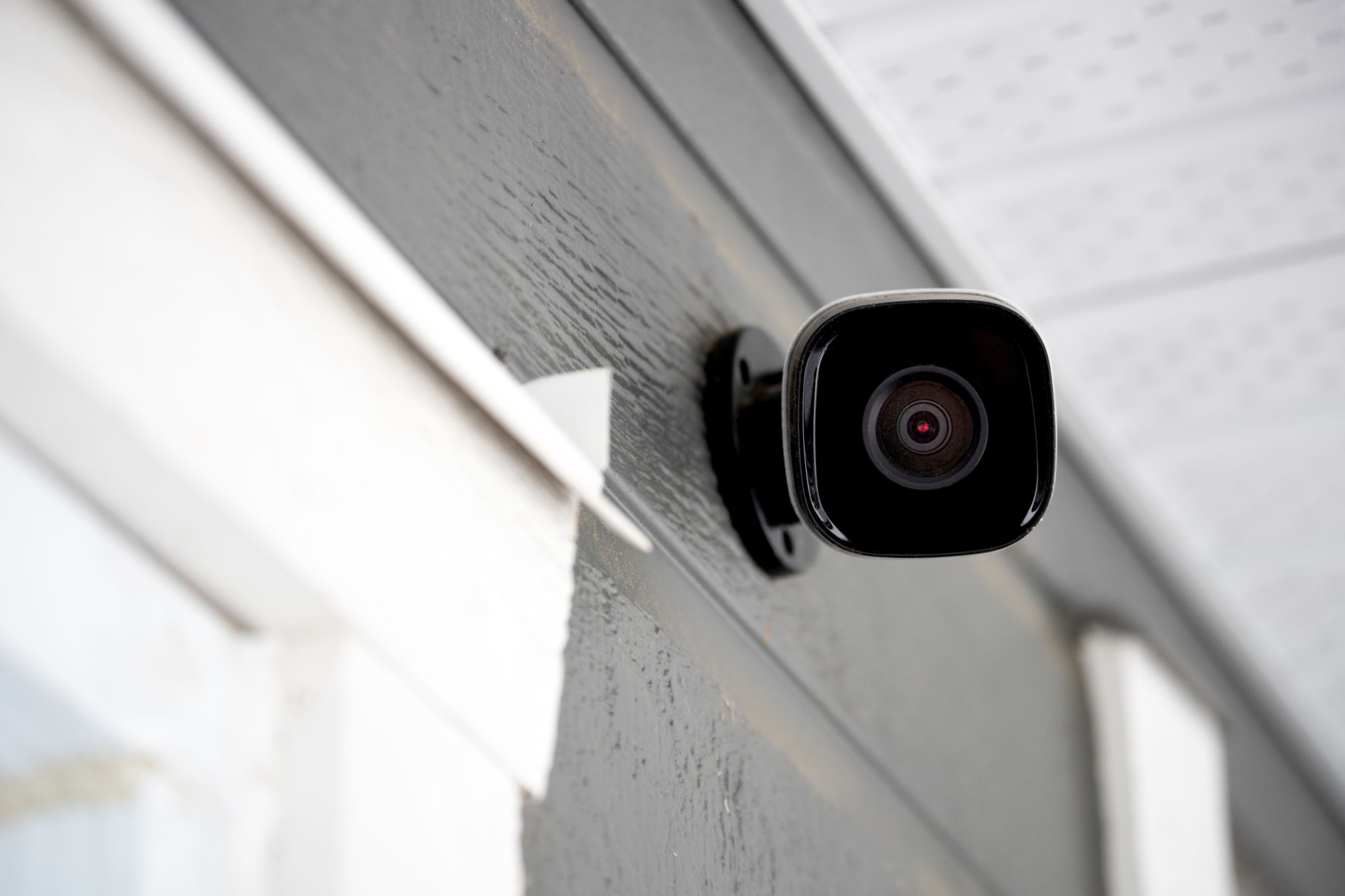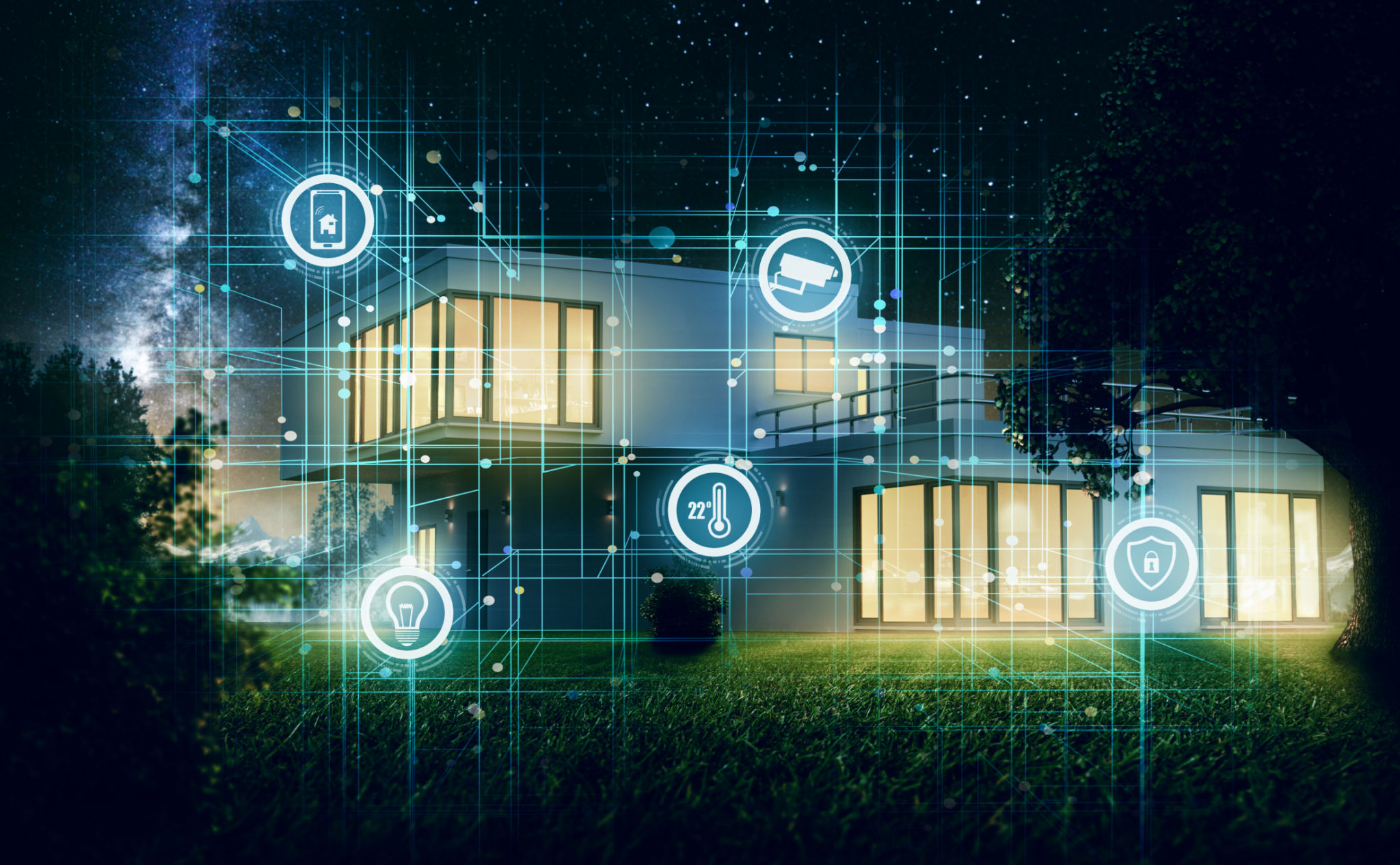Comparing Home Surveillance Systems: What to Look for in Racine, WI
Understanding the Basics of Home Surveillance Systems
With the rise of technology, home surveillance systems have become more accessible and essential for homeowners in Racine, WI. These systems not only provide peace of mind but also enhance the security of your property. When comparing different options, it's crucial to understand the features that make a system effective and reliable.
Some basic components to look for in a home surveillance system include cameras, sensors, and a central control panel. Cameras can be indoor or outdoor, with varying degrees of resolution and night vision capabilities. Sensors detect motion and can trigger alerts, while the control panel allows you to monitor and manage the entire system.

Key Features to Consider
Camera Quality and Coverage
The quality of the camera is paramount when selecting a home surveillance system. Look for cameras with high resolution, such as 1080p or higher, to ensure clear images and video recordings. Additionally, consider the field of view; wider angles can cover more area, reducing the number of cameras needed.
For outdoor cameras, weather resistance is another important factor. In Racine's variable climate, cameras should be able to withstand rain, snow, and extreme temperatures without compromising performance.
Connectivity and Integration
Modern home surveillance systems often offer smart features that allow integration with other smart home devices. Look for systems that support Wi-Fi connectivity and offer mobile app access, enabling you to monitor your home remotely from your smartphone or tablet.

Integration with voice assistants like Amazon Alexa or Google Assistant can enhance your control over the system. Some systems also offer compatibility with other smart devices such as smart locks and lights, providing a cohesive smart home ecosystem.
Security and Privacy Considerations
Data Protection
When choosing a surveillance system, consider how it handles data storage and protection. Opt for systems that offer encrypted data storage to protect your video footage from unauthorized access. Cloud storage options are convenient but ensure they comply with privacy standards and regulations.
Additionally, some systems offer local storage options, such as SD cards or external hard drives, providing an extra layer of security by keeping your data off the internet.

Alert Systems and Monitoring
An effective surveillance system should provide real-time alerts to keep you informed of any suspicious activity. Look for features like customizable alert settings that can notify you via email or push notifications based on specific triggers such as motion detection or sound.
If you're interested in professional monitoring services, some systems offer subscription-based plans where a team monitors alerts on your behalf and contacts emergency services if necessary.
Cost and Installation
The cost of a home surveillance system can vary widely based on features and complexity. Before purchasing, set a budget that accounts for both initial costs and potential ongoing expenses like cloud storage subscriptions or professional monitoring fees.
Consider whether you prefer a DIY installation or professional setup. While DIY options can be more cost-effective, professional installation ensures optimal placement and configuration of equipment.

In conclusion, selecting the right home surveillance system in Racine, WI involves evaluating various factors including camera quality, connectivity, security features, and cost. By understanding these elements, you can make an informed decision that enhances the safety and security of your home.